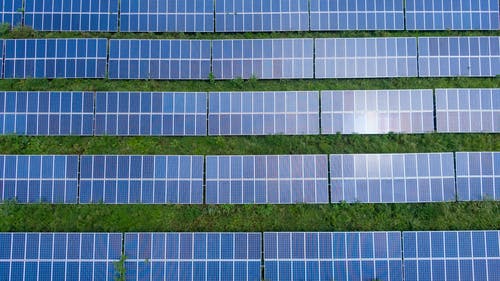Advanced Metering, Demand Response Continue to Grow Across U.S.: FERC Report

The Federal Energy Regulatory Commission (FERC) staff on Dec. 16 issued its seventeenth annual report on demand response and advanced metering. From 2020 to 2021, demand resource totals in the wholesale markets rose by about 1,833 megawatts representing a 6 percent annual increase. The estimated advanced meter penetration rates nationwide for each of the residential, commercial, and industrial customer classes were greater than 50 percent in 2020.
Demand response refers to a change in electric power consumption by an electric utility consumer in response to price changes over a period of time. According to the Energy Information Administration, Advanced Metering refers to meters that quantity and record usage data at a minimum, at hourly intervals, and provides usage data at least daily to energy companies and may also provide data to consumers. The report covers available data in the public domain required for estimating demand response potential in retail and wholesale markets and provides an update on federal and state advanced metering-related infrastructure and demand response.
The number of active advanced meters in the U.S. increased annually by 8.8 percent, from 94.8 million meters in 2019 to nearly 103.1 million meters in 2020, with a penetration rate of more than 50 percent in the country. The total number of advanced meters reported by utilities in the South Atlantic Census Division shows the largest number of active meters accounting for over 23 million compared to the 16 million active advanced meters each reported by the utilities in the South Atlantic, Pacific, East North Central, West South Central, East South Central, and Census Divisions, with penetration rates of more than 70 percent in the said divisions.
Demand resources in the wholesale markets in the U.S. increased annually by 6 percent, from 30,587.7 megawatts in 2020 to nearly 32,421 megawatts in 2021. The potential peak demand savings from retail demand response programs decreased by 5 percent, from 31,019.5 megawatts in 2019 to 29,470.2 megawatts in 2020. Customer enrollment in retail dynamic pricing programs increased by 11.3 percent, from 10,958,323 in 2019 to 12,195,007 in 2020. Customer enrollment in retail demand response programs increased by 6.7 percent, from 10,932,845 in 2019 to 11,665,663 in 2020.
The report also enlightens that state regulators continuously support the deployment of advanced meters. For instance, regulators in Ohio, Massachusetts, and Virginia, California have shown their constant support in deploying advanced meters.
EnerKnol Pulses like this one are powered by the EnerKnol Platform—the first comprehensive database for real-time energy policy tracking. Sign up for a free trial below for access to key regulatory data and deep industry insights across the energy spectrum.
ACCESS FREE TRIAL